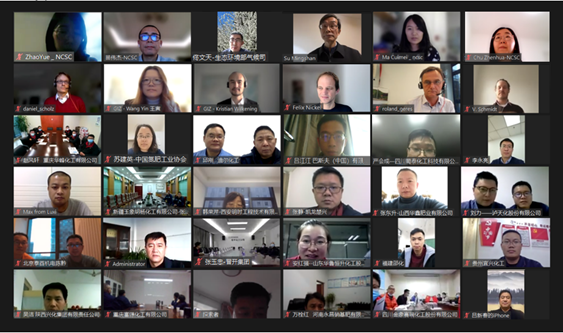15 November 2016 – With the approaching launch of the national emissions trading scheme (ETS), the project “Capacity Building for the Establishment of Emissions Trading Schemes (ETS) in China” invited experts and industry representatives from petrochemical and chemical companies from Europe and China to participate in two two-day workshops in Shanghai and Beijing from 21-22 and 24-25 November 2016, respectively. The workshops were organized by the GIZ in cooperation with China Low Carbon Alliance (CLCA) and the China Petroleum and Chemical Industry Federation (CPCIF).
Topics included the recent development of the national ETS in China and its related policies and regulations, design and practice of the EU-ETS as well as carbon asset management and trading through the use of simulation software. These workshops provided a platform for participants to discuss mitigation options, best practices from the EU ETS and Chinese ETS pilot regions and explore ways to integrate ETS methodologies into business operations.
As shown by the speedy ratification of the Paris Agreement, the Chinese Government has made climate protection and the transition to a low-carbon economy two of their main focuses. As part of the efforts to transition into a low-carbon economy, the National Development and Reform Commission (NDRC) has nominated eight sectors and industries, including chemical and petrochemical, to be part of the upcoming national ETS.
The chemical and petrochemical industries have played a crucial role in China’s rapid growth; yet the increasing GHG trend is primarily driven by the fast expansion of high energy-intensive sectors including the chemical industry. So it is all the more important for these sectors to learn about establishing internal GHG emissions management system, fulfilling carbon emission reduction responsibilities, performing enterprise carbon asset management and value-added, as well as how to improve the overall capacity of petro-chemical and chemical enterprises in the national ETS in China. An ETS offers an incentive not only to reduce carbon intensity in the production process, but also to address the overcapacities.



